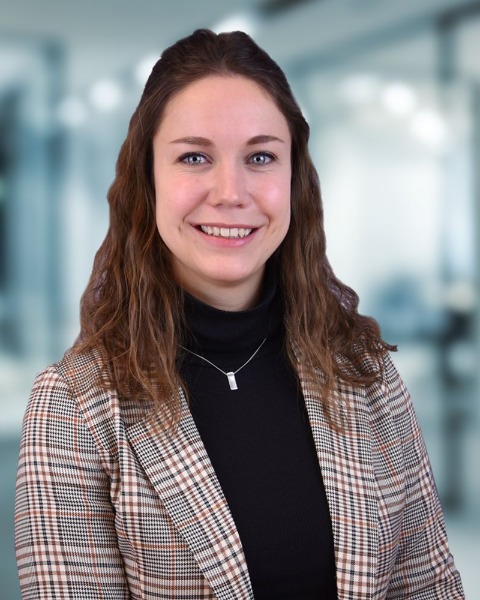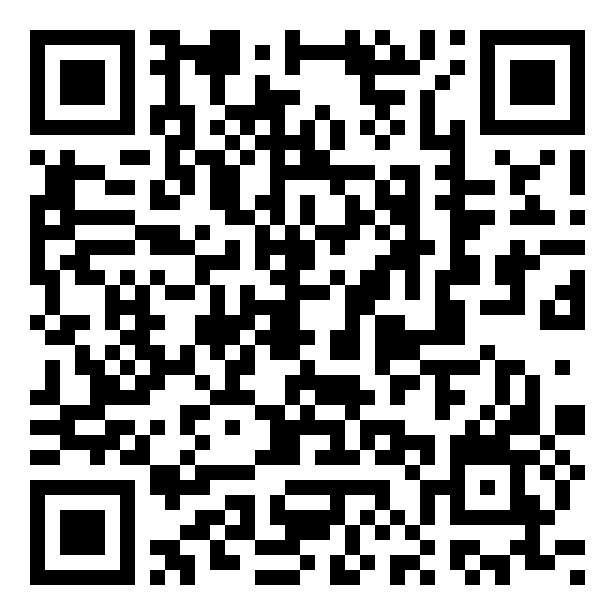
Assay Development and Screening
Development of a high throughput 3D in vitro wound healing model

Linda Boekestijn, MSc.
Application Scientist
CytoSMART Technologies
Horst, Limburg, Netherlands
Primary Author - December Poster(s)
Therapies to heal severe or chronic wounds are costly, painful, take a long recovery, and have a limited availability and success rate. The development of new wound healing therapies often starts with 2D in vitro research, which cannot mimic the native wound environment. To overcome this limitation, 3D in vitro wound healing models are required. However, existing 3D wound healing models are high-laborious and require high technical skills. We developed a relatively fast and straightforward high-throughput 3D wound healing model, which mimics two different phases of the wound healing process, the proliferative and maturation phase. Generally, the proliferative phase is governed by the keratinocyte and fibroblasts proliferation, migration, and extracellular matrix production; and the maturation phase often shows the alignment and crosslinking of collagen fibers. Here, magnetic 3D cell culture/bioprinting technique was used to produce 3D ring constructs of human keratinocytes and fibroblasts co-cultures. Each well of a 384-well plate contained one ring construct, which made it able to analyze the impact of different co-culture ratios and the concentrations of growth factors in a high throughput experiment. Ring closure was analyzed every hour for 24 hours via live-cell imaging. The internal ring areas were automatically measured for all wells in the 384-well plate. In this high throughput 3D model, the effect of Epidermal Growth Factor (EGF; 0-20 ng/ml) and fibroblasts-conditioned medium (0-40%) on wound closure (%) and collagen and glycosaminoglycan production in different keratinocyte and fibroblast co-culture ratios (xK:xF) were measured in this high throughput 3D model. Samples with a higher number of fibroblasts, related to the early and late migratory phase (0K:1F and 1K:3F), showed a faster wound closure rate in the first few hours, suggesting a higher collagen production after 24 hours. Samples with an equal number of keratinocytes and fibroblasts (1K:1F) had a slower wound closure and a lower collagen and GAGs production, coinciding with the early maturation phase. Lastly, samples with only keratinocytes revealed almost no wound closure and no ECM production, simulating the end of the maturation phase. The effect of both EGF and fibroblast-conditioned medium did not show any significant differences. Interestingly, concentrations were based on previously effective concentrations from literature, based on 2D in vitro studies. This indicates differences between 2D and 3D in vitro models and the importance of 3D models to limit the number of failures in therapeutic development. This experimental set-up represents an easy and low-laborious 3D wound healing model that resembles the last two phases of the wound healing process, as suggested by the cell type and cellular matrix production. This makes it suitable to investigate the continuous wound healing process and develop potential wound healing therapies.
 View Leader Board
View Leader Board
SLAS Events

1st Prize - Comp Reg + Hotel/Airfare to SLAS2023 in San Diego
2nd Prize - $50 Starbucks Gift Card
3Rd Prize - $25 AMEX Gift Card
Keep an eye on the leader boards to see who’s at the TOP. Winners will be announced after SLAS2022.
Each participating poster in the exhibit hall will have a QR code next to it. For virtual participants, look for the scavenger hunt icon for participating posters.
